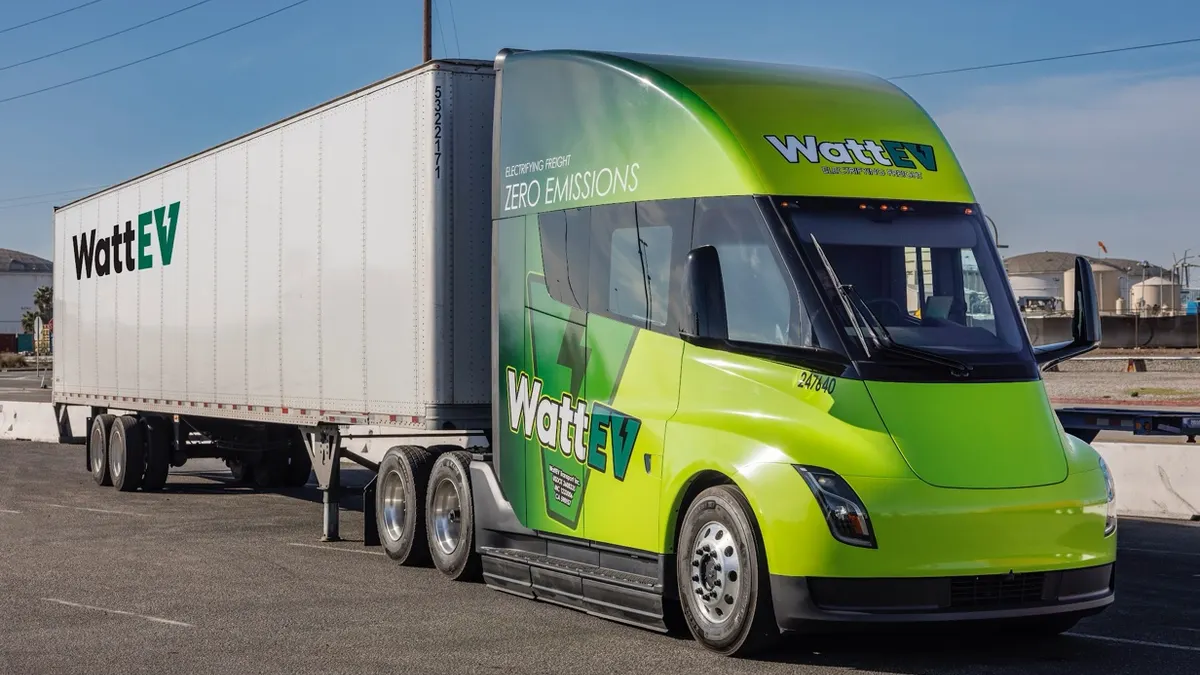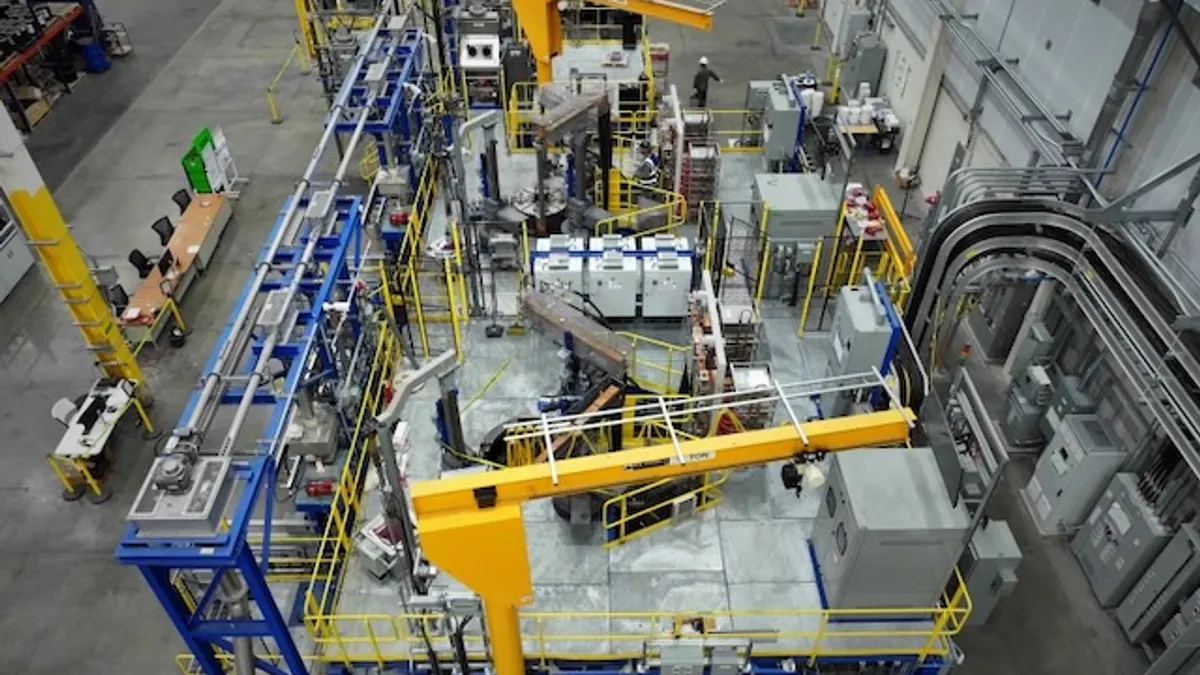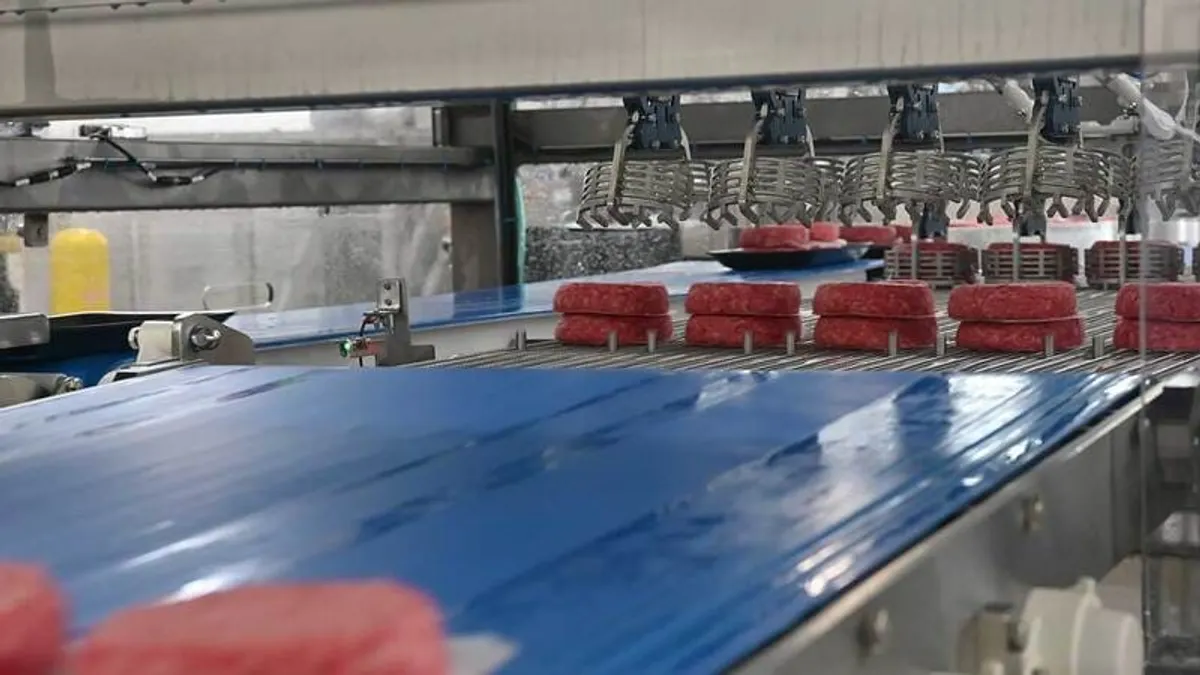As robots become smarter, more agile and more flexible, they are gaining further traction in the supply chain. From automated guided vehicles and collaborative robotic arms to drones and exoskeleton devices, robotics are bringing new levels of efficiency and productivity to the supply chain.
The technology is continually improving. Add to that falling costs and the ability to more easily deploy these machines, and they become even more attractive. A recent report by market intelligence firm Tractica found the number of robots operating in warehouses will grow nearly fifteen times over the next 4 years to 620,000 in 2021, compared to 40,000 in 2016.
The next five years will be a period of “significant innovation” where robotics processes will become “faster, safer and more productive,” according to the report.
Robots are getting smarter with better vision, processing and grip
Much of the investment in robotics is currently being driven by the ongoing push to e-commerce, which is putting inventory closer to market with shorter turnaround times and smaller order sizes, says Mark Wheeler, Director of Supply Chain Solutions at Zebra Technologies.
A growing number of warehouses are now using automated guided vehicles (AGVs) to move materials around facilities and reduce human movement, says Joe Vernon, Supply Chain Analytics and Transformation Leader for Capgemini.
Material handlers are deploying these machines to route themselves around warehouses and move carts to pickers. New conveyor systems can also automatically sense and scan packages to move them in the right direction. “That’s where there has been rapid adoption. These things have caught on quickly and use will continue to grow,” Vernon says.
It’s not such a huge fixed cost anymore.

Joe Fitzgerald
Principal, Supply Chain Innovation, Deloitte
Greater intelligence, predictability and smaller size are also making robots less dangerous than they were in the past. Whereas older machines were confined to protective cages and had limited interaction with workers, small “collaborative robots” (also known as cobots) can work safely around and with humans.
As robotics become smaller, smarter and more flexible, they’re also finding more applications throughout the warehouse. Tractica noted advances in machine learning, robot vision and precision are enabling them to handle more complex tasks. Whereas robots have been able to pick and place packages of the same size, prototypes are now being tested to sift through assortments and select and move items of various sizes.
"They are getting better," says Dean Starovasnik, Practice Director of Distribution Engineering Design at Peach State Integrated Technologies. "It's still an area where there's a lot of work being done, but I think that's where we're going to see some significant advances in the coming years.”
Machines are becoming less expensive and easier to deploy
While robotics are becoming more advanced, they are also becoming more affordable, says Joe Fitzgerald, Principal of Supply Chain Innovation at Deloitte.
The cost of components, such as processors, servos, drives, controllers and arms, have all decreased in the past five years. The value proposition for robots in warehouses is becoming especially attractive for centers that have grown so much they can no longer scale up simply by adding more people, Fitzgerald says.
"It’s not such a huge fixed cost anymore. And applications like a rudimentary pick station don’t require a huge amount of change [in the system],” Fitzgerald says.
A number of new robotics and innovative companies are also coming to market. Vecna Robotics recently spun off a new division to focus on logistics solutions and now offers a variety of collaborative robots for different purposes, ranging from picking to pallet moves. Companies such as Eyesee and DroneScan are using software and high resolution cameras mounted on drones to automate inventory processes by continually flying a designated path in the warehouse and scanning RFIDs.
Many new robotic applications coming to market are also fostering standardization and interoperability with other systems through APIs. "That interchangeability is important. Because you don't rebuild the whole thing with one manufacturer’s equipment at once. It's more piecemeal over years," Fitzgerald says.
New tech is impacting the roles of humans in the warehouse
Greater adoption of robots in warehouses is also changing the human environment, Fitzgerald says.
While jobs that entail predictable and repetitive processes are being eliminated, suppliers and material handling companies are also seeking more skilled labor to operate and maintain these machines. “As machines do more, the people need to be smarter and more capable to manage those machines,” Starovasnik says. “The trend is to fewer, yet more highly paid people.”
These things have caught on quickly and use will continue to grow.

Joe Vernon
Supply Chain Analytics and Transformation Leader, Capgemni
Yet that may not hold true for all operations when the machines allow it to scale up and grow the business. Amazon — which now has more than 100,000 robots operating in its distribution centers around the world — has actually added 80,000 warehouse employees in the United States since implementing the robots in 2014, according to The New York Times.
Some new robots are designed to be integrated with the human body. Robotic gloves, exoskeleton suites and torsos can be worn to make workers stronger and reduce the fatigue and the risk of injury.
Despite the continuous advances, there will still be a need for human workers because they are “infinitely more flexible” than machines and have no limits on what they can do, Starovasnik says. “Even the most advanced machines have limits on what they can do. Humans don’t. You’re always going to need humans in warehouses,” Starovasnik says.




















